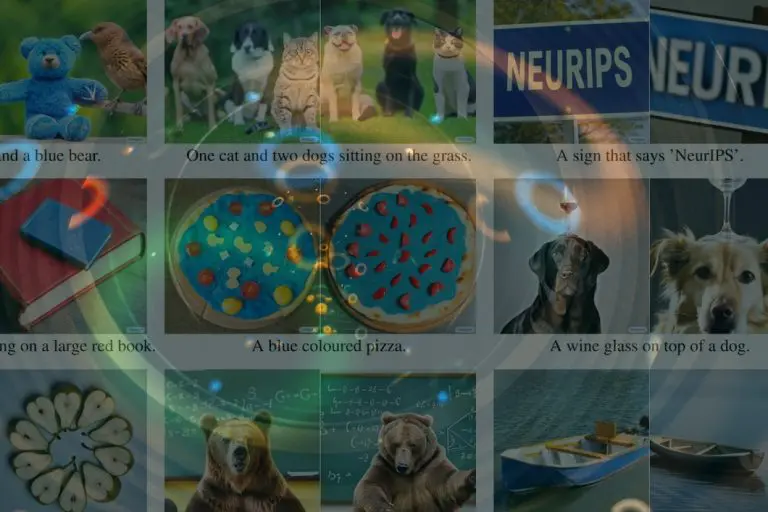Have you ever wished to simply describe a visual and have it automatically brought to life? Well, now there are AI systems that can do just that! The technology behind this new development is fascinating. It opens up possibilities for artists and creators to explore new mediums and styles of art that were once impossible.
Imagine being able to create any kind of artwork without any prior experience or training. With these AI systems, that’s now possible. You could create realistic images of people, landscapes, or anything you can imagine. The only limit is your imagination.
Read our article below about how AI image generation works and how you can use and test it yourself.
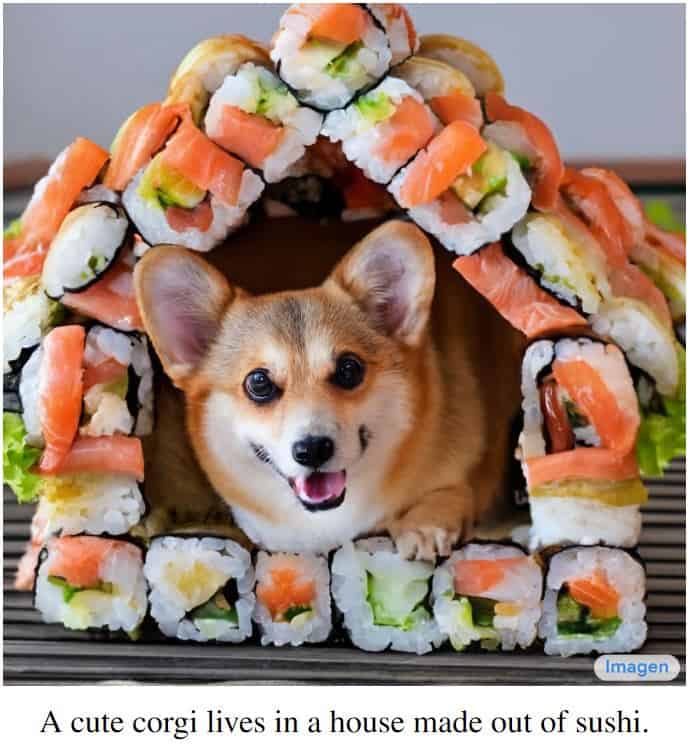
AI Systems Create Realistic Images from Text Descriptions
Artificial intelligence has come a long way in the past few years. Recently, multimodal learning, such as text-to-image synthesis and image-text contrastive learning, has transformed the research community and captured widespread public interest. In particular, neural networks have been successfully used for creative image generation and editing applications.
AI systems can be used to create images from text descriptions used as input, so-called “text-to-image” generators. They take a text prompt in natural language to create an image based on that description.
The generative AI boom began in 2022, with the release of models like Midjourney vs. Stable Diffusion. However, text-to-image technology has progressed significantly in the past few years. AI generators, such as DALL-E 2 from Open AI and Imagen AI from Google Research, can achieve significantly better results and generate photorealistic images with AI.
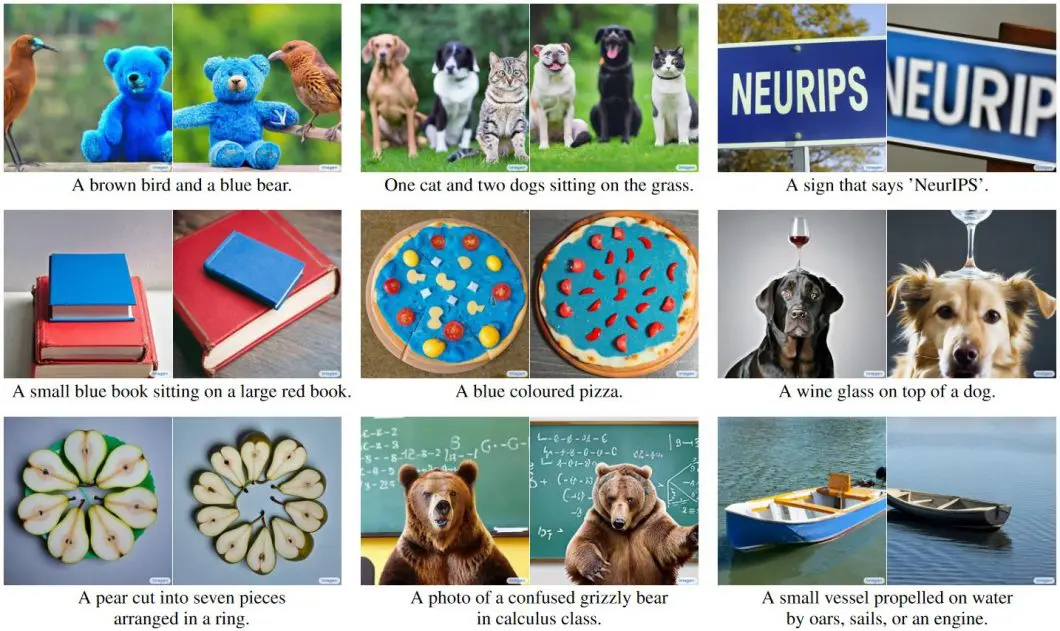
What is AI-generated Art?
AI-generated art describes art that is created by a computer or machine learning algorithm, as opposed to a human. Art created using artificial intelligence can include images or sculptures that are generated based on a text description.
This type of art can be incredibly realistic and lifelike, sometimes fooling people into thinking that it is a photograph. However, AI-generated art can also be quite abstract, with no real resemblance to the real world, or imitate characteristic art styles of famous painters.
One of the benefits of AI art is that it is often created by algorithms designed to mimic how humans create art. This means that AI-generated art can be used to study how humans create and perceive art. It can also be used to create art that is specifically designed to appeal to human emotions and sensibilities.
AI-generated art is also a great way to create unique and personalized artwork. Because each AI system is different, their results will be unique. This means that you can have a one-of-a-kind piece of artwork that is created specifically for you.
It can also help produce more public-domain content, making it easier for creatives to access the exact imagery they need.
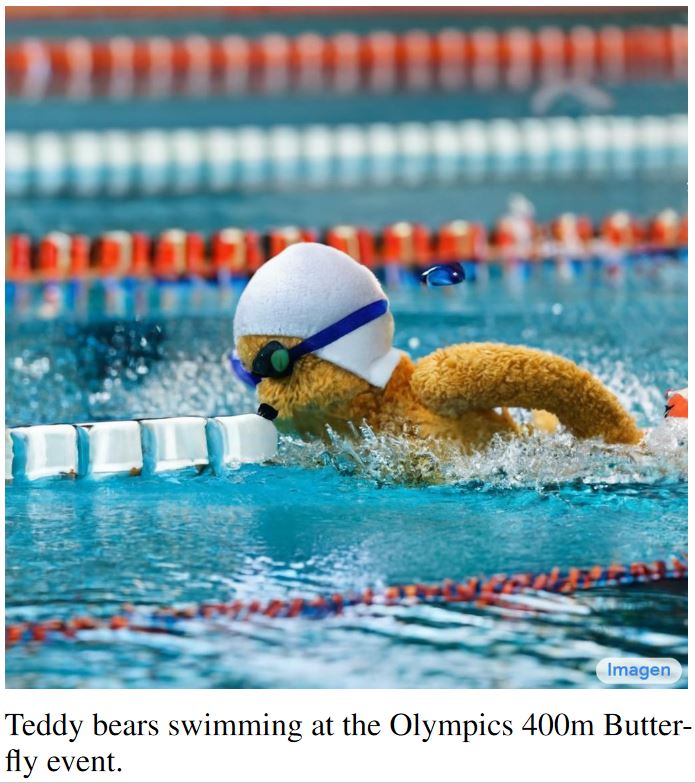
How can I Generate AI-generated Images?
For example, you could provide a text description such as “An astronaut riding a horse in photorealistic style” and select the desired output image size, format, and aspect ratio. After selecting the “Generate” button, the Text-to-Image system will then create a realistic image based on the text description.
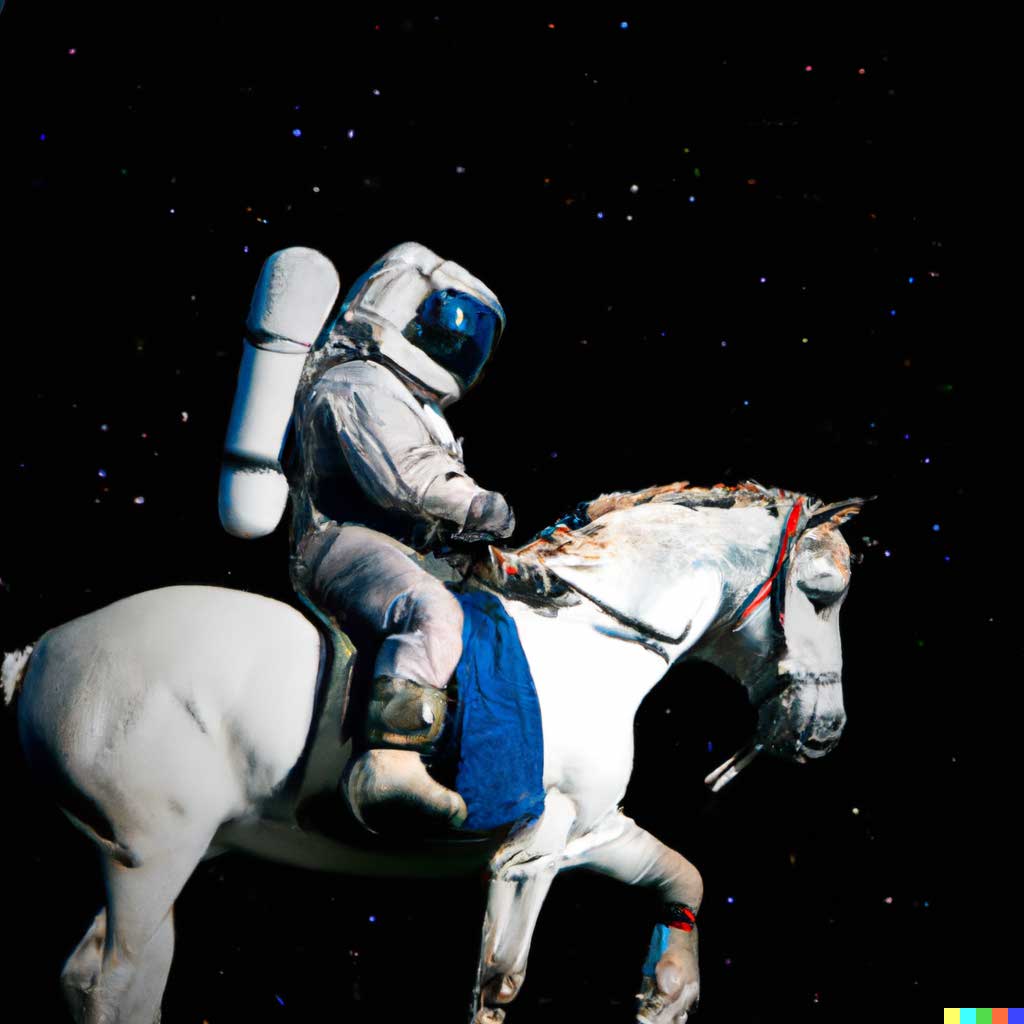
If you would change it to “An astronaut riding a horse as a pencil drawing,” the output would be completely different and show a generated image of a pencil drawing. Every generated instance is unique, even if the text prompts are identical.
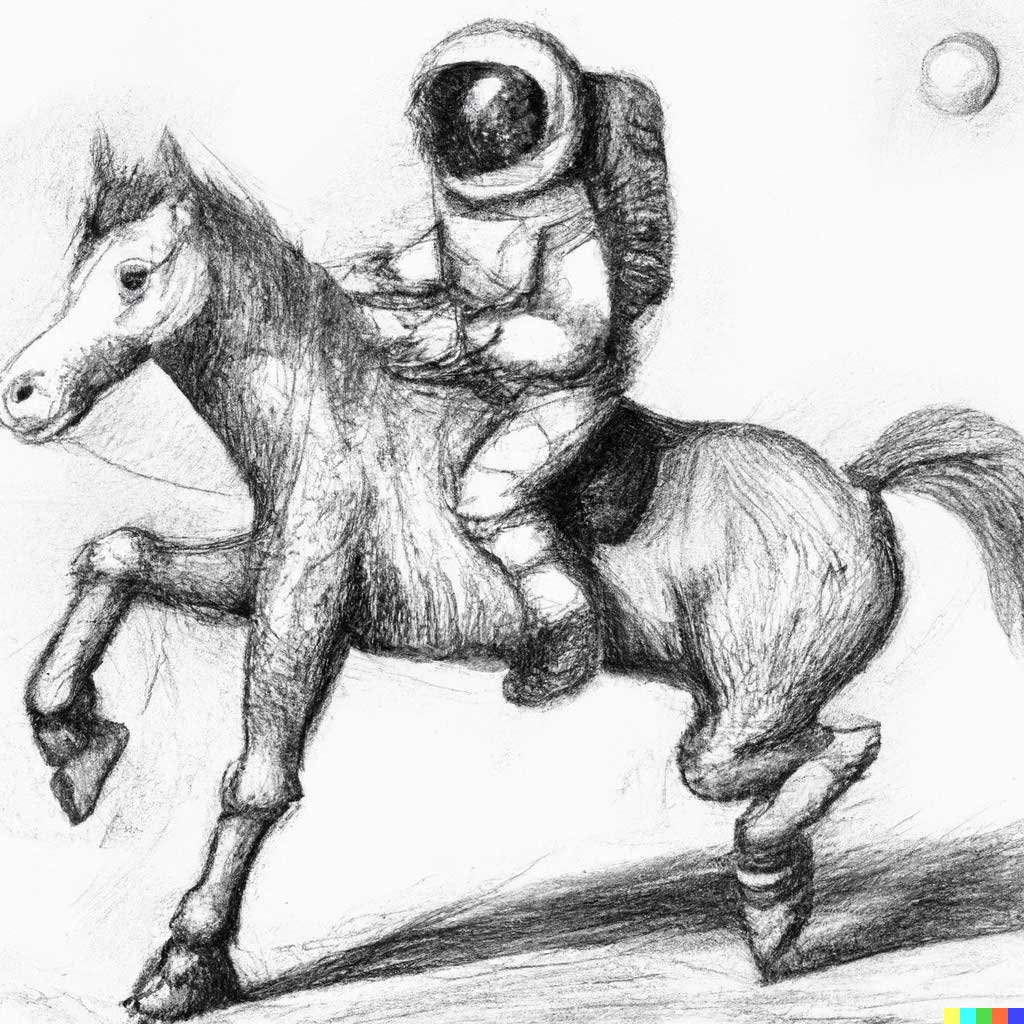
The Most Popular AI Image Generators
Different AI systems use different techniques and text-to-image models. The most recent ones provide significantly higher image quality and more accurate results.
Oftentimes, the tools monetize image generation by supplying users with a set amount of generator credits upon account creation. It then requires using several credits to generate an image. Once these credits run out, users have the option to purchase more to continue generating images.
DALL-E and DALL-E 2 (2022)
Dall-E is an AI system created by OpenAI that can generate images from textual descriptions, introduced in a blog post on January 05, 2021. Named after the Spanish surrealist artist Salvador Dalí and Pixar’s science fiction robot WALL·E, DALL·E combines artistic creativity with the automation of a bot.
The AI system uses a 12-billion parameter training version of the GPT-3 transformer model to interpret the natural language inputs and generate corresponding images. DALL-E is capable of creating anthropomorphized (human-like) animals and objects, text rendering, transforming existing images, and combining objects and concepts in one image. It can also complete missing pieces of an image.
DALL-E 2 is a more sophisticated AI system released in 2022. It can generate photorealistic images with better results than the first version. Additionally, it can complete missing pieces of an image, which was not possible with the first version. DALL-E 2 is one of the best-performing image generators available right now, only surpassed by Imagen & Parti (FID of 7.3).
GANpaint
GANpaint is a text-to-image system that can generate images based on textual descriptions, released in a research paper in December 2020. The system is based on Generative Adversarial Networks (GANs) and uses a dataset of 50,000 paintings to learn the mapping between textual descriptions and visual images.
DeepArt.io
DeepArt.io is a website that allows users to generate artwork from textual descriptions using a deep learning system. The website provides a user interface that allows users to input text and then generate corresponding images. DeepArt.io uses a pre-trained neural network model to interpret the natural language inputs and generate corresponding images.
Imagen AI
Imagen AI is an AI system that creates photorealistic images from input text; developed by Google Research. It is a text-to-image diffusion model that achieves an unprecedented degree of photorealism and a deep level of natural language understanding.
The platform has two main components: a neural network for generating images, and a natural language processing system for understanding text descriptions.
Imagen’s text-to-image model achieves a new state-of-the-art FID score of 7.27 on the COCO dataset, without ever training on COCO. In tests, humans rated Imagen sample outputs to be on par with reference images of COCO data itself. This implies, that this system can be used to generate training data for computer vision algorithms that are popularly trained on the COCO dataset.
The images and photos generated by AI are impressively realistic. Some output samples are so realistic that humans can’t tell whether it was generated by an AI model or captured by a camera.
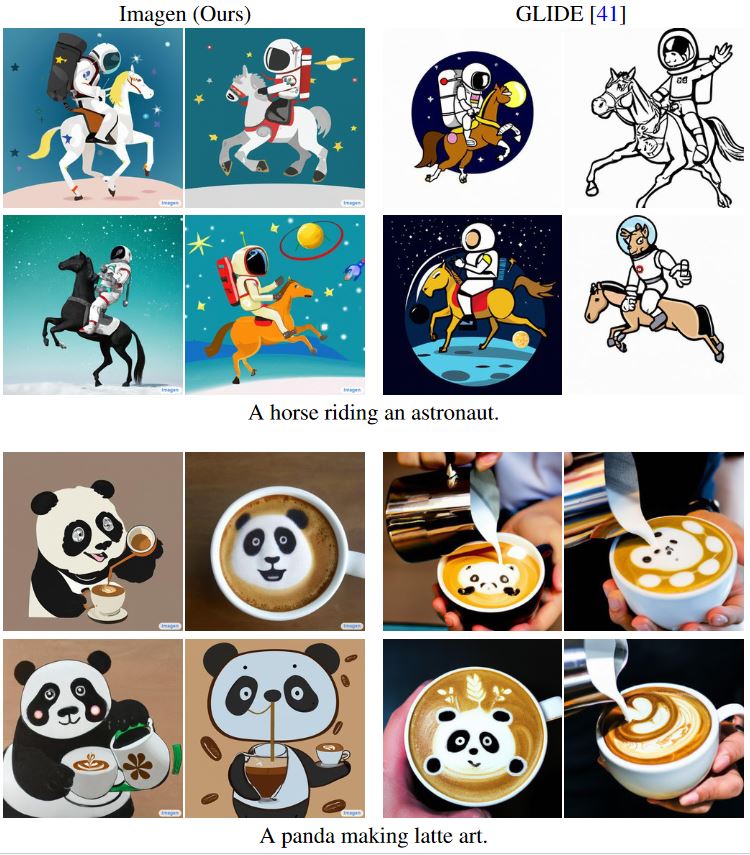
Comparison of the Best AI Image Generators
Imagen consists of a text encoder that maps text to a sequence of embeddings and a cascade of conditional diffusion models that map these embeddings to images of increasing resolutions. Get the official research paper here.
Imagen comprises a Frozen T5-XXL encoder to map input text into a sequence of embeddings and a 64×64 image diffusion model, followed by two super-resolution diffusion models for generating 256×256 and 1024×1024 images. All diffusion models are conditioned on the text embedding sequence and use classifier-free guidance.
Imagen relies on new sampling techniques with the usage of large guidance weights without sample quality degradation observed in prior work. This makes it possible to generate images with higher fidelity and better image-text alignments than previously possible.
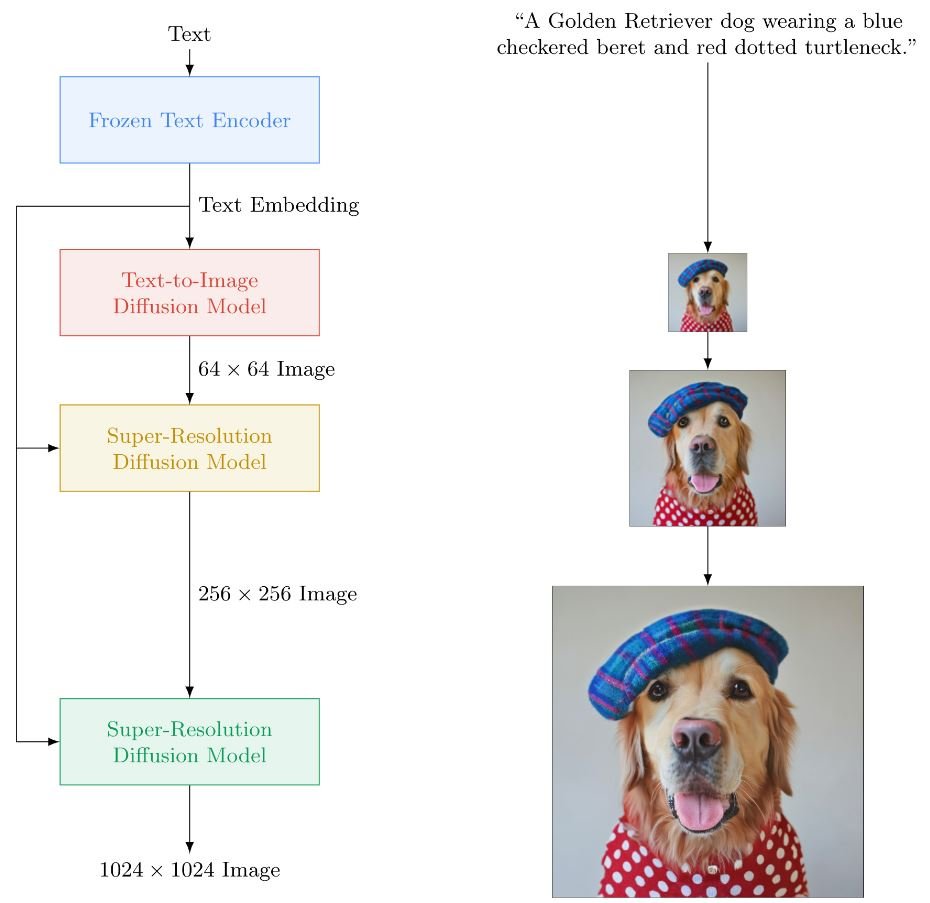
Benchmark Comparison (Zero-Shot FID-30K)
The Imagen system outperforms other methods on COCO with zero-shot FID-30K of 7.27 (lower is better). On this benchmark, it significantly outperforms other engines such as GLIDE (12.4) and the concurrent work of DALL-E 2 (at 10.4).
- DALL-E 17.89
- LAFITE 26.94
- GLIDE 12.24
- DALL-E 2 10.39
- Imagen 7.27
Limitations of an AI Image Generator
Cutting-edge AI image generation models can provide spectacular results. However, they are not flawless and limited in some instances. Even the most advanced AI systems DALL-E 2 and Imagen sometimes produce blurry outputs or images with incorrect colors.
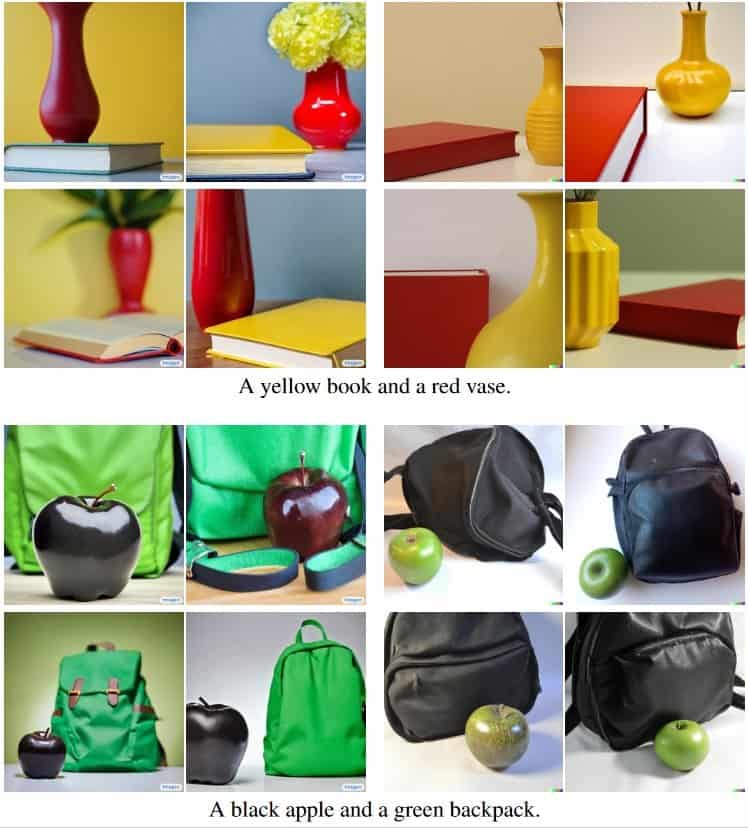
Also, they can only create images from text descriptions in natural language, and cannot interpret highly complex commands or large amounts of detailed text. The images such AI systems generate are not always realistic, and can sometimes be very abstract or heavily distorted.
It’s important to note that the technology is very new and not yet production-ready. However, despite these limitations, the performance of modern image and photo generation systems is still very impressive and marks a great step forward in text-to-image research.
Test Out an Online AI Image Generator
There are different ways to test AI model-based image generation yourself and with your text prompts.
- DALL-E mini: To try out the AI art service you can visit the Dall-E mini website by Craiyon. There you must enter a prompt and run it. The generation process can take a while, so expect a wait of up to 2 minutes for your image to appear. While DALL-E 2 is now in closed beta, you can use the DALL-E Mini application, an open-source version of the original AI model that is available for public use.
- NightCafe Creator: NightCafe Creator is an AI Art Generator application that provides several methods of generating Art with AI from nothing but a text prompt.
- WOMBO Dream: This AI-powered artwork tool can create different images by picking an art style and entering a text prompt.
- Adobe: Adobe has recently introduced AI capabilities into its wide array of product offerings. In Adobe Express, these features include Generative Fill and Text to Template, plus Translate, Drawing, and Painting available with a 30-day free trial. Additionally, Adobe Firefly is built on the Firefly Image 3 model for generating realistic images from text.
Real-world Applications and Benefits of AI to Generate Images
- Marketing: AI-generated images can be used for websites, advertising materials, or social media posts. This helps to create more realistic and appealing visuals or generate custom graphics or print media for a specific audience. The automation aspect leads to immense time savings in searching for or creating pictures.
- Creating Art: An AI art generator can create new and original artwork or generate several variations of existing artwork. The AI tools make it possible to express words visually and generate wonderful AI images in seconds.
- Design: Designers can gain inspiration from AI feedback, for example, to support brainstorming activities and explore different shapes or creations that can be attributed to terms or words. If a designer is tasked to come up with design ideas, such tools can support the ability to visualize different objects with varying shapes and appearances.
- Simulation: AI-generated images can simulate realistic scenarios, for example, in city planning. It can also simulate training environments, for example, in medical and surgical training, or security, defense, and military applications.
- Online retail: In e-commerce, businesses could use realistic product images to improve the customer experience and tailor the experience toward the user while reducing costs to take photos and update them continuously.
- Advertising: The NLP sentiment analysis allows for better understanding and reflects emotions through visual media. The ability to rapidly process data and generate an image can be used for hyper-personalized advertising.
- Education: The generation of 3D images and illustrations through AI can help students to learn and understand complex concepts.
- Media: The technology can generate landscapes, cityscapes, surface textures, and objects in video games or movies.
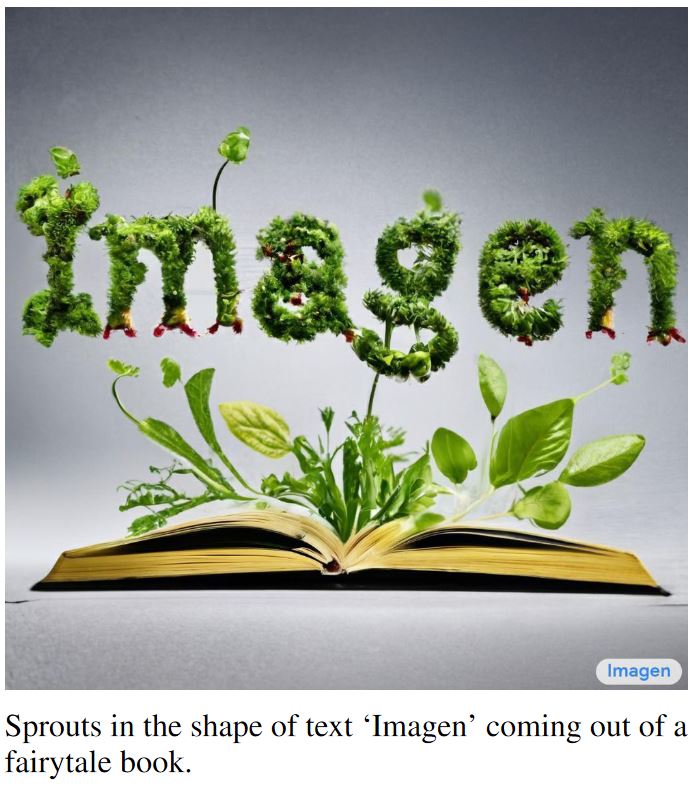
Implementing Real-world AI
As we can see from the examples above, AI-generated images are becoming more and more realistic. This technology has a wide range of potential applications in fields such as marketing, advertising, design, education, media, and simulation. While the technology is still developing, it holds great promise for the future. We will continue to see amazing advances in this area in the years to come.
Check out our other Articles about new AI technologies:
- Image-to-Text Recognition: Optical Character Recognition (OCR)
- The 12 Most Popular AI Software Products
- Jupyter Notebook for Machine Learning
- MediaPipe: Google’s Open Source Framework for ML solutions (Guide)
- Methods and Tools to Detect AI-Generated Content
Computer Vision for Enterprises
Viso Suite is the only end-to-end computer vision infrastructure for large companies. By consolidating the entire machine learning pipeline into a unified interface, it is no longer necessary to tie together numerous point solutions. Thus, businesses gain full control over their computer vision applications. Learn more about how Viso Suite can integrate into your business workflows by booking a demo with our team.
